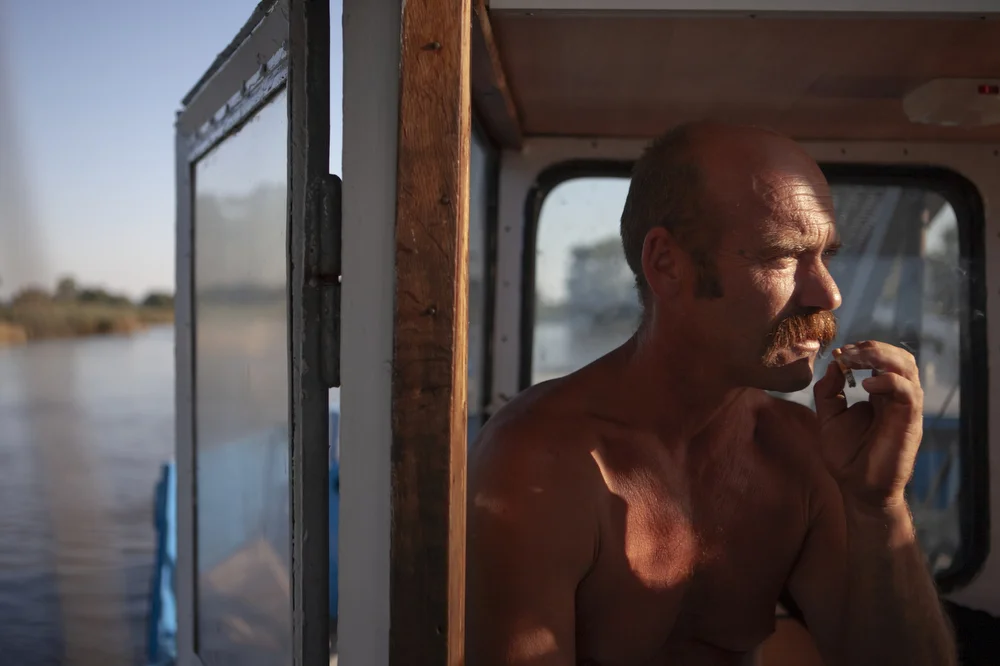
My father is 81. He never really liked his first name, so he goes by his middle name, Michael, which is also my middle name. He worked as an architect for three decades and has been retired, or more accurately, forced into retirement, for two decades now.
My father loved his work. “I wanted to be an architect from the first time I saw a drafting board,” he recalls, ever since his junior high drafting class. More than anything, my father loved the art of architecture. He loved its creative process, the physicality of putting the process to paper, and watching this process come to its realization in the physical world.
He steadfastly believes in and adheres to the virtues of a conservative, straight and narrow path. He holds onto what he believes and loves with a stubbornness I have not witnessed in many others. In my father’s world, there is a right and wrong way to live this life.
However, the straight and narrow took a debilitating turn for him in the late 80s when progressive low back and leg pain cascaded into a full-blown collapse of his spine, his physical center, by the end of the 90s. At his worst, my father could manage only to stand and walk for minutes at a time. His escalating physical disability ultimately resulted in an inability to match the physicality demanded by his occupation. Four major spinal surgeries spanning the majority of his retirement followed. The entirety of his spine is held up by a scaffolding of metal rods and screws.
During this time, architecture was taking a destabilizing turn. The art of architecture, its center as he knew it, was collapsing. “I was part of the old T-square and triangle and drafting and designing on paper. But it didn't exist all of a sudden. Everybody was going to computers. (It) put a lot of people older than him out of business real quick.
Why did you retire or why are you still working?
Why did you retire?
Why are you still working?
My decision to retire came in the late '90s. When imagining retirement absent my physical disability, I dream about riding horses and hunting, both of which I loved as a child. Because of my waning physical mobility, progressively more of my time is spent seated. From my seat, like clockwork, I continue to keep up with the daily news and faithfully cheer on my beloved KU JayHawks on TV. I miss being able to fix things around the house and still do what I can. I maintain my mobility by sticking to a regular regimen of stationary biking at the gym. I consider myself lucky in this life.
The official diagnosis of my spinal collapse: Idiopathic degenerative scoliosis. “Idiopathic” ironically denotes western medicine’s inability to definitively establish a cause.
My unofficial explanation as his son (the photographer): My physical center collapsed as my beloved work collapsed, all under the weight of holding up and onto the family and the straight and narrow and to the life I believe in and love so very much.











































































.svg)

